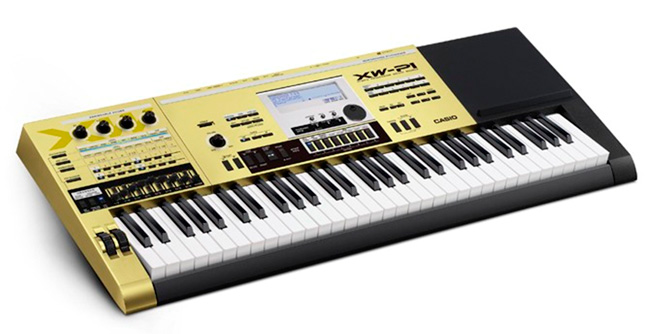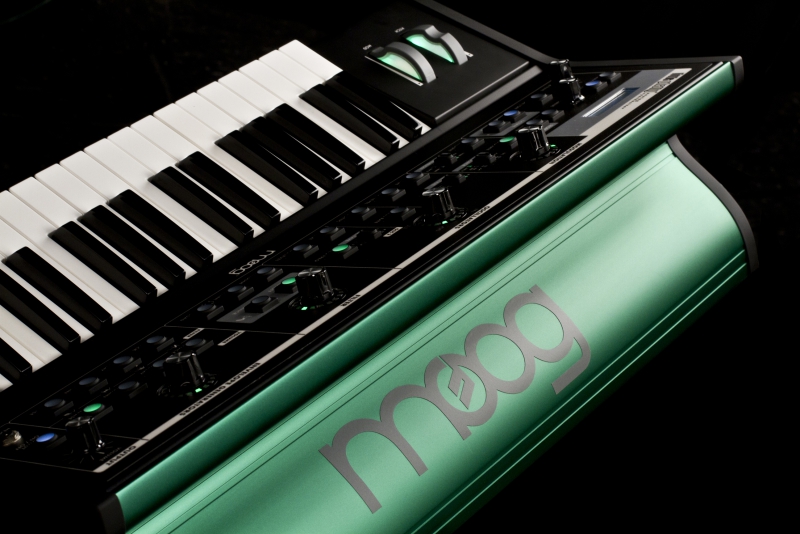Casio XW-P1GD Synthesizer

Casio teamed up with aNYthing, a lifestyle brand located in New York City, to create a limited edition XW-P1 synthesizer. Since it’s released in October this year, the Casio XW-P1GD rendered in gold color, by any standards it is a bold colour choice but, Does the capability of the synth match its shiny personality?
What is in it’s name? The somewhat wordy tag line for the XW-P1 – ‘Hybrid Processing Sound Source’ – is certainly worthy of some further explanation. Put simply, the XW-P1 is capable of producing sounds in a range of different ways, namely as a ‘PCM’ synth with a generous onboard library of ‘stock’ sounds, as a Drawbar Organ, as a Solo Synth and as a player of Casio’s own ‘Hex Layers’, of which more shortly.
The Casio XW-P1 offers a range of features which push it firmly towards the ‘workstation’ territory, hinted at by the busy back panel, which offers Microphone Input – with gain dial, stereo Audio Ins, Instrument Inputs, a USB port, SD card slot alongside stereo audio outs and MIDI ports. The 20 Preset Drum kits are put to good use within the onboard sequencer – as with other contemporary workstations, the Performance Presets have been tailored to ensure that a stylistically-relevant drum groove will be triggered for each program.
The PCM sounds are solid enough, offering sounds under dedicated Piano, Strings/Brass, Guitar/Bass, Synth and Various buttons to access the relevant categories. You can edit a sound you like with control over extended parameters available from the LCD menu of which four can be controlled from the K1-4 Assignable Knobs in the top-left hand corner. There are 400 PCM preset sounds onboard, with space for 100 User programs of your making. The Drawbar Organ option offers 50 presets with a further 50 spaces for your own variations. Above the Pitch Bend and Modulation wheels, you’ll find 8 ‘Drawbar sliders’, as well as additional controls for Organ parameters including Rotary speed. The sliders make careful creation of modelled organ sounds really fun and intuitive.
In addition, the XW-P1’s most unique sonic category, the Hex Layer. This is a single tone with six independently adjustable components. Each component layer features its own filter, pitch data – for transposition offsets, envelope data, key splits, velocity range and effects mix, with balances between each part assigned to the sliders. The first six of these control the levels of each layer, the seventh acting as a ‘Total’ control for the six combined. Finally, the 8th and ‘Master’ sliders control Effects parameters.
About Solo synth secrets – A Solo Synth patch can actually feature six separate sound sources or ‘Blocks’, namely two ‘virtual analogue’ Oscillators – Blocks 1 and 2, two sampled PCM ones – Blocks 3 and 4, an external signal -Block 5 routed in from the back panel inputs and a Noise generator -Block 6.
Pros – Solo synth mode is versatile and infinite in its sonic potential. Without doubt this is a competitively-priced, feature-packed instrument. Casio XWP1 61 Key Performance Synthesizer vast features would definitely rewards your sonic experiments.


